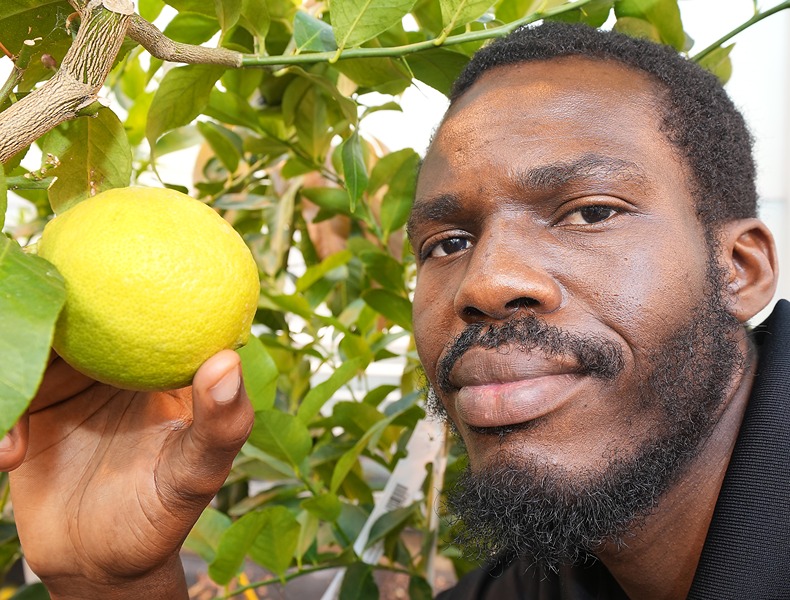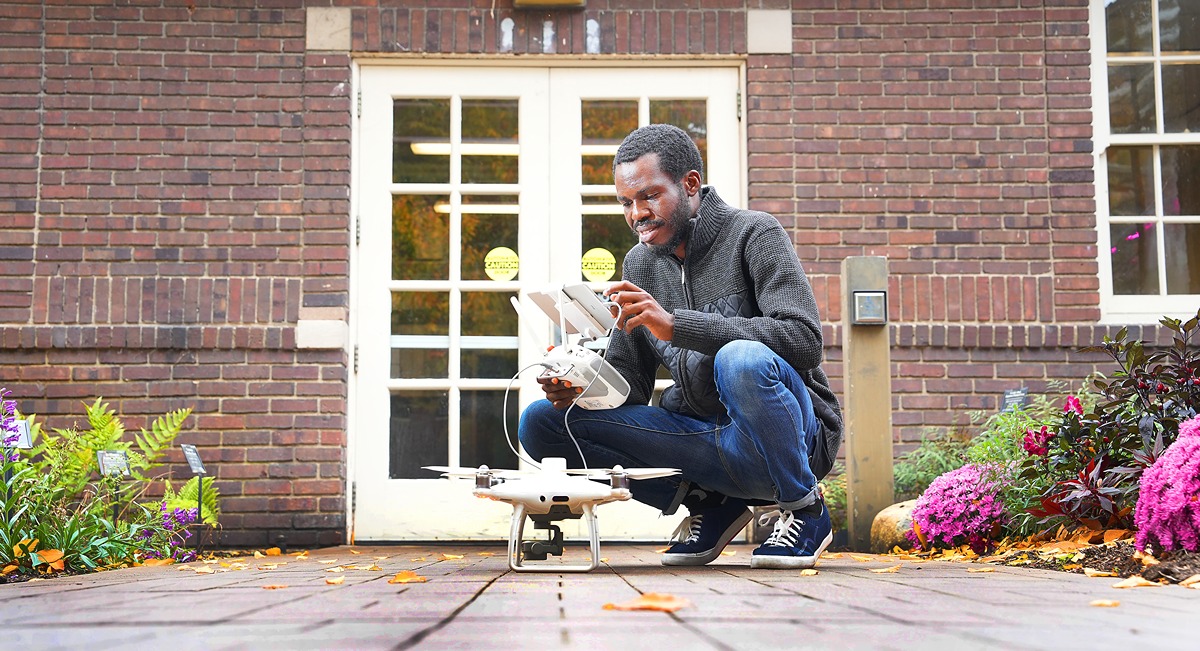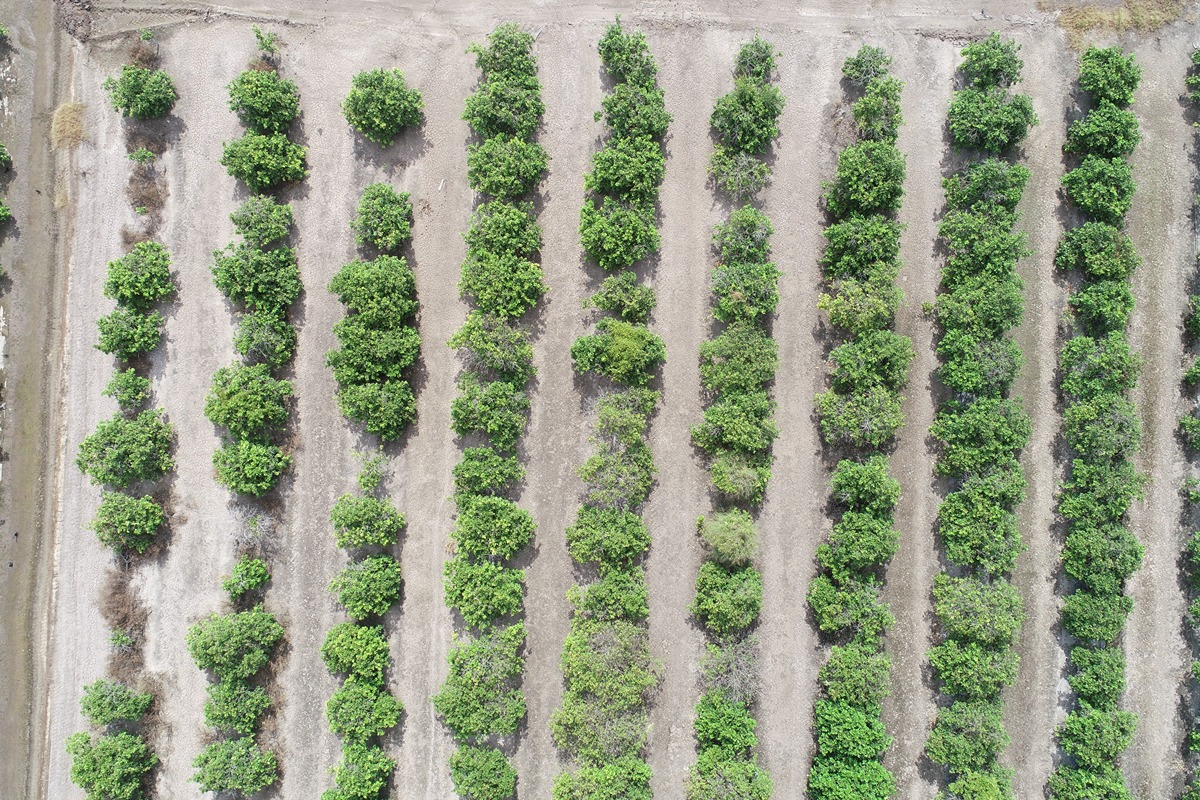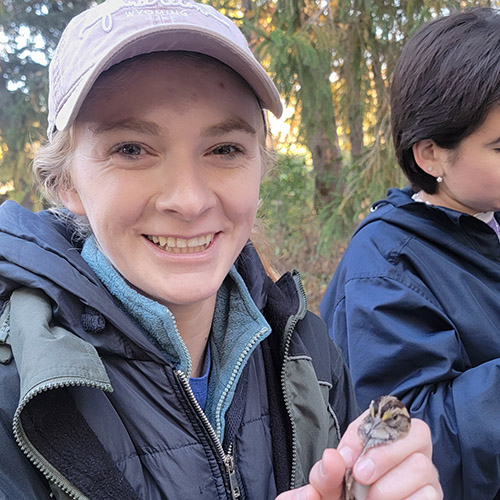In warmer southern and western states, citrus orchards are important for feeding and bringing communities together as well as providing major sources of income and revenue. This makes the disease Huanglongbing, or citrus greening, especially dangerous for producers. Citrus greening is a bacterial disease spread by the Asian citrus psyllid that leaves the fruit stunted, covered in patches of lime-green coloration and unmarketable.
Currently, there is no cure for citrus greening, but Ismail Olaniyi, a graduate student in Purdue’s civil engineering department, is working on a USDA-funded project analyzing the efficacy of new therapies. Working with Jinha Jung, an associate professor of civil engineering and a member of the Institute for Digital Forestry at Purdue, Olaniyi is seeking solutions to cure citrus greening.
engineering department, is working on a USDA-funded project analyzing the efficacy of new therapies. Working with Jinha Jung, an associate professor of civil engineering and a member of the Institute for Digital Forestry at Purdue, Olaniyi is seeking solutions to cure citrus greening.
Jung provides the background on the project. “I started working with Kranthi Mandadi, associate professor of the Department of Plant Pathology and Microbiology at Texas A&M, when I was an assistant professor at Texas A&M University-Corpus Christi. We worked together to adopt Unmanned Aerial Vehicle (UAV) technologies to monitor citrus orchards. Our current USDA-funded project analyzes the efficacy of new therapies for citrus greening disease, and my research group is leading the effort to develop a citrus-yield prediction model using UAV data.”
Since it’s difficult to judge the state of a citrus greening infection before fruiting, current research has to wait until harvest to measure how well the treatment protects each tree, going through the time-consuming and physically-painstaking process of harvesting, checking and weighing the fruit to calculate each tree’s yield.
To address this challenge, Olaniyi is leaning on his specialization in geomatics, the engineering discipline that gathers spatial data without physically touching what is being studied. He is building a yield-estimation model at the individual-tree level. That model takes data from a UAV that has imaging sensors to capture data on each tree’s height, canopy size and other information based on the different wavelengths of light reflected off of tree leaves as it flies over the orchard. Across several months of flights, Olaniyi has used this information to make deductions on the health of each tree, how effective the treatment has been and predict yield to a reasonable precision.
My research is going right into application. This is building synergy and showing how engineers can collaborate with plant scientists, so we can come together and solve problems.”
- Ismail Olaniyi, graduate student in civil engineering







